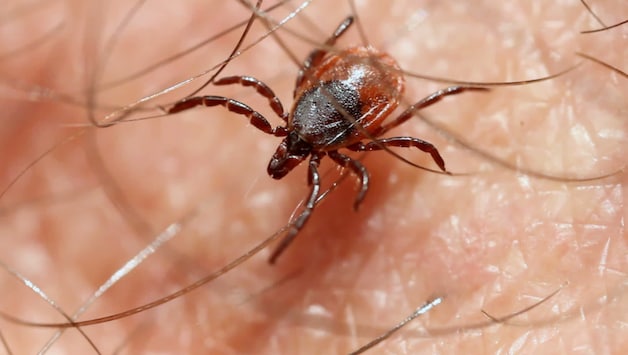Anyone who spends a lot of time outdoors in spring and summer should watch out for ticks. It is estimated that there are tens of thousands of Lyme disease cases in Germany every year. Read which symptom you should pay particular attention to after a tick bite.
Anyone who discovers a tick should remove it as soon as possible. If it sucks for longer than twelve hours, the risk of infection with Borrelia increases.
Depending on the region in Germany, up to a third of ticks are infected with Borrelia. Not every tick bite leads to infection, i.e. Lyme disease. Infections often go unnoticed.
However, if you develop symptoms, it is advisable to see a doctor quickly: the earlier you start treatment with antibiotics, the greater the chances of recovery, so that serious illnesses or long-term consequences do not occur.
A typical sign of Lyme disease is the so-called wandering redness – a ring-shaped skin redness that is paler in the middle than at the edge and slowly spreads outwards.
This develops three to 30 days after the tick bite in the area of the puncture site. Other symptoms are comparable to those of the flu: headaches, body aches and a high temperature, for example.
In contrast to tick-borne encephalitis (TBE), which is also transmitted by ticks, there is no vaccination against Lyme disease.
This makes it all the more important to protect yourself with sturdy shoes and, ideally, long clothing when going on excursions into nature and then to search your body thoroughly for small animals.
The original for this article “After a tick bite – you should pay particular attention to one symptom” comes from FitForFun.









